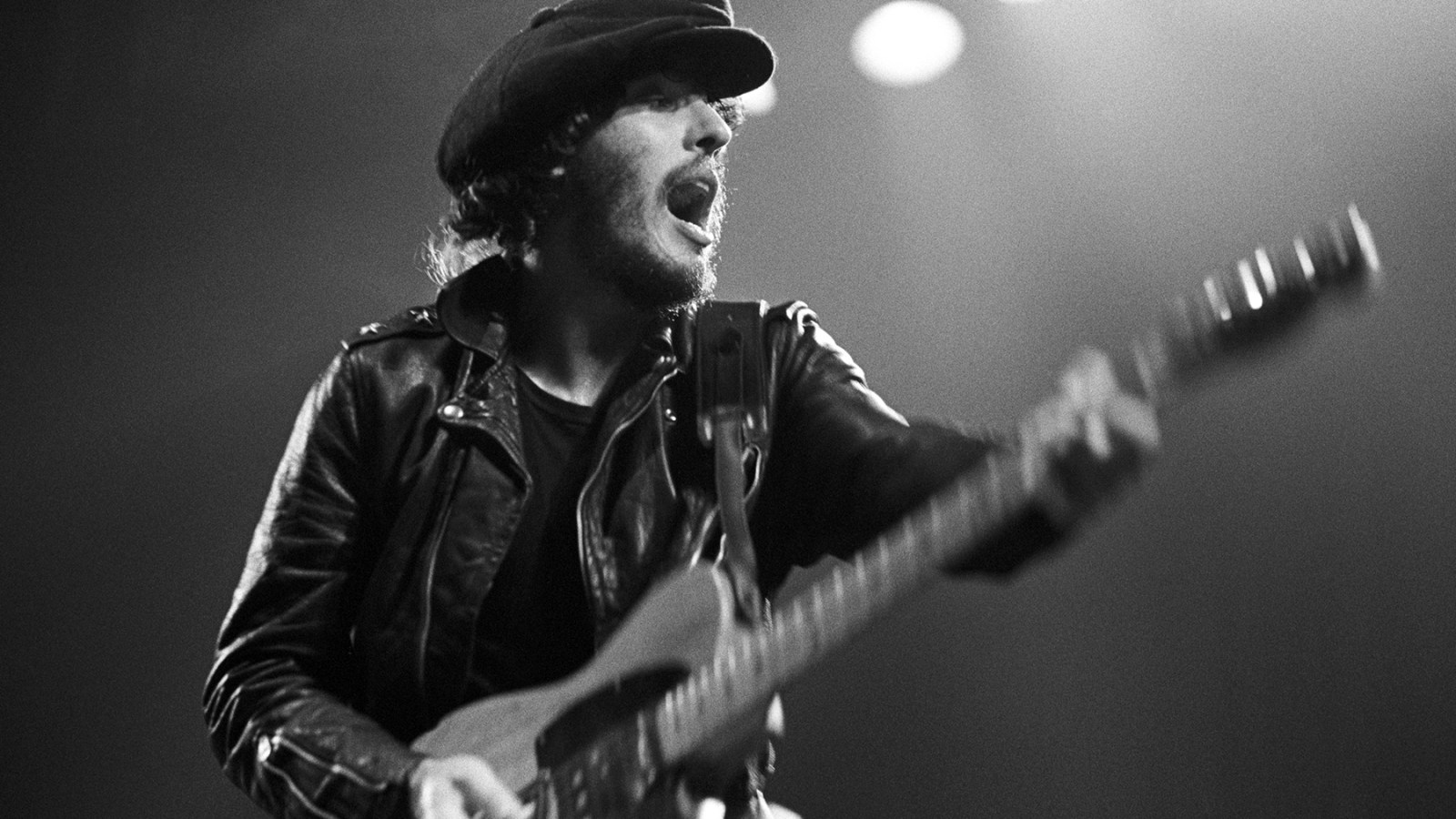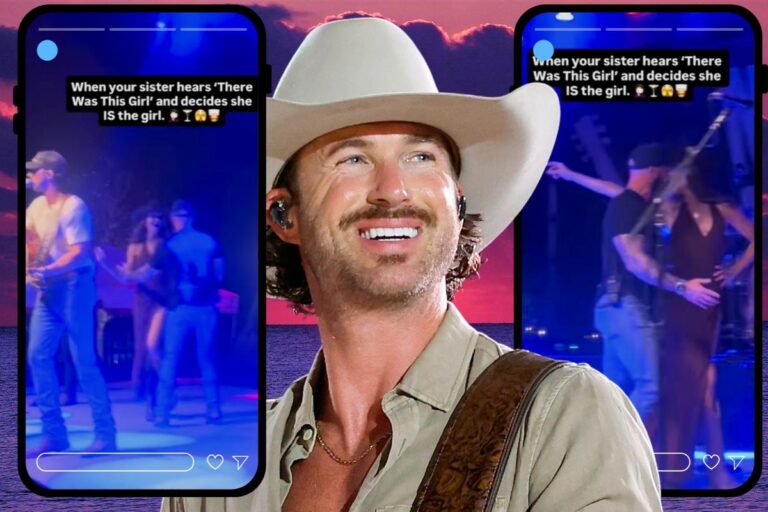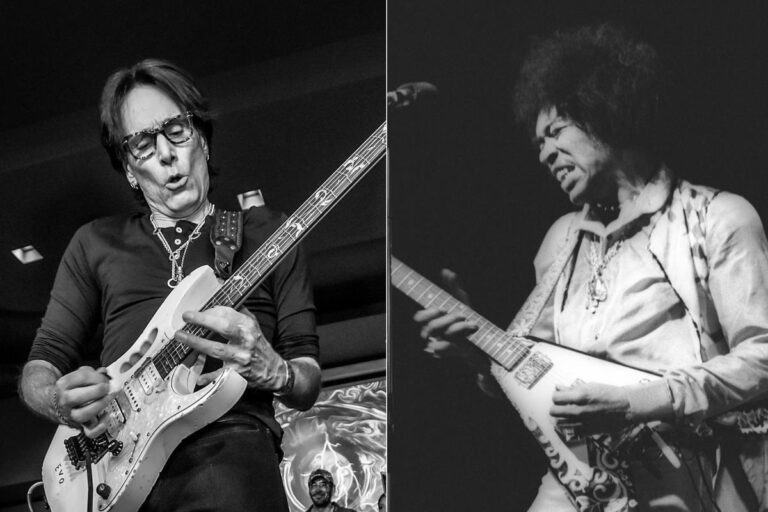There was no shortage of major global events for the weekly news magazines to cover in October 1975. The last smallpox patient on Earth was treated in Bangladesh; Francisco Franco’s dictatorship came to an end in Spain after nearly 40 years; Saturday Night Live hit the NBC airwaves for the first time; Muhammad Ali defeated Joe Frazier at the famous “Thrilla in Manila” boxing match; the Boston Red Sox vanquished the Cincinnati Reds in a World Series that included one of the most thrilling extra-innings games in history; and President Gerald Ford told New York to “drop dead,” in the much-quoted words of the New York Daily News.
But on Oct. 27, 1975 — 50 years ago today — Time and Newsweek both made the extraordinary decision to put Bruce Springsteen on the cover at the exact same time. This is something that hadn’t happened to Frank Sinatra, Elvis Presley, the Rolling Stones, Bob Dylan, or even the Beatles at the height of Beatlemania. And even though Born to Run was sitting at Number Six on the Billboard 200 albums chart that week, Springsteen was still a club act without a genuine radio hit. (“Born to Run,” the song, stalled at Number 23 on the Hot 100.)
“Bruce who?” Newsweek asked in its cover story. “He is still not exactly a household name across America. In San Mateo, Calif., last week, his 13-year-old sister Pam said, ‘Only one girl at school has his record.’”
Springsteen pulled off this feat thanks to an aggressive marketing effort by CBS Records; writer Jon Landau’s “I saw rock and roll future” quote from Boston’s Real Paper that echoed all across the press; and the relentless hustle of his manager, Mike Appel.
It began with a call to Appel from CBS publicity VP Bob Altshuler saying that Newsweek hoped to interview Springsteen for an inside piece. “I alerted him to the fact that Bruce Springsteen already did the music section of Time and that this was of no interest to me,” Appel recalled in the 1992 Marc Eliot book Down Thunder Road. “‘Bob,’ I said. ‘I’m really only interested in covers now. Why don’t you see what you can do for me in that regard. I’m prepared to wait for their cover. It doesn’t have to be today.’”
A week later, Appel received the stunning news that Newsweek agreed to a cover story. The writing duties were split between Maureen Orth, Janet Huck, and Peter S. Greenberg. The initial interview at Springsteen’s New Jersey home didn’t go well, at least from Springsteen’s perspective.
“Afterwards, Bruce called me up, and I don’t remember him being so mad in my entire life,” Appel recalled. “He’s always been an intensely private person, and this woman comes to the door, real brassy with plenty of chutzpah, asking him the dumbest questions in the world. It wasn’t her fault, really, she wasn’t there to ask a lot of incisive musical questions about rock… She was there to ask the right questions for Newsweek, while Bruce was thinking Rolling Stone.”
The call ended with Springsteen saying he’d never agree to another interview. Undeterred, Appel phoned Altshuler and told him to call Time, tell them Newsweek was giving Springsteen the cover, and offer them one too. “They’re a pair, don’t you see,” Appel told Altshuler. “The answer right now is no anyway. We don’t have anything to lose right now.”
Much to Altshuler’s amazement, Time was willing to consider it, but not if the Newsweek cover was going forward. This put Appel in a tricky spot, since he desperately wanted the Time cover, didn’t want to lose Newsweek, and wanted to find a way to get them both. Springsteen, meanwhile, was getting ready to fly to Los Angeles for a series of intimate shows at the Roxy. The last thing he felt like doing was another interview.
“A picture just came to me,” Appel recalled telling him. “I see myself in front of a newsstand in L.A. I see Danny Federici and Garry Tallent and the band in front of a newsstand, there you are in front of the same newsstand on the covers of both Time and Newsweek. And they say to themselves, Look, Brucie’s on the cover of Time and Newsweek.”
Arrangements were made for Time writer Jay Cocks to fly with Springsteen to L.A. and conduct the interviews on the plane. When they landed, Appel was told that Time was probably going with New York mayor Abe Beame on the cover, since the “Ford To City: Drop Dead” thing had just happened. They also didn’t want to have the same cover as Newsweek.
“You’ll eventually have to put this guy on the cover,” he told them. “Right now you have a chance to be visionaries. Six months from now you’re functionaries. But if you put that sawed-off little mayor on your cover, if that’s what you think the public wants, I’m going to roll over and die.”
They buckled. Mayor Beame was moved to the inside. The Time cover featured a drawn illustration of a grinning Springsteen with the cover line “Rock’s New Sensation.”
“He has been called the ‘last innocent in rock,’ which is at best partly true, but that is how he appears to audiences who are exhausted and on fire at the end of a concert,” reads the article. “Springsteen is not a golden California boy or a glitter queen from Britain. Dressed usually in leather jacket and shredded undershirt, he is a glorified gutter rat from a dying New Jersey resort town who walks with an easy swagger that is part residual stage presence, part boardwalk braggadocio. He nurtures the look of a lowlife romantic even though he does not smoke, scarcely drinks and disdains every kind of drug. In all other ways, however, he is the dead-on image of a rock musician: street smart but sentimental, a little enigmatic, articulate mostly through his music.”
Newsweek went with a live shot of Springsteen and a “Making of a Rock Star” cover line. The article took a more skeptical look at Springsteen’s rise, and the corporate machinations behind it. “Everyone in the industry is aware of the pitfalls of The Hype and insiders think that the current Springsteen mania might inflict damage on his career,” it says. “Warner Brothers Records president Joe Smith appreciates the ‘tumult’ Bruce is creating for the industry but is dubious about the extent of his ultimate influence on the development of music. ‘He’s a hot new artist now,’ says Smith, ‘but he’s not the new messiah and I question whether he will establish an international mania. He’s got a very long way to go before he does what Elton has done, or Rod Stewart or the Rolling Stones or Led Zeppelin.’”
Springsteen was by the pool at the Sunset Marquis when the issues arrived. “The first sight I saw was a madly grinning Steve Van Zandt rushing around the pool like he was late on his Middletown, New Jersey, paper route,” Springsteen wrote in his 2016 memoir, Born to Run. “He was distributing Time and Newsweek magazines with my mug on ’em to any sin city sun worshipper he could get within tossing distance of. He handed two to me. ‘Isn’t this great!’ I looked at them and thought, ‘Oh my God,’ and immediately retired to my room.”
Appel’s reaction was nothing but joy. He’d pulled off one of the greatest music PR stunts of the decade. “The best moment was on the plane coming home,” he said. “I went up front to the men’s room, and on the way back I saw everyone reading either Time or Newsweek, and there was Bruce’s face looking back at me from both sides of the aisle, as far back as I could see.”



